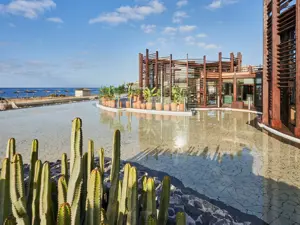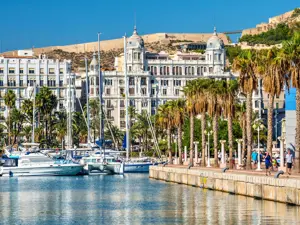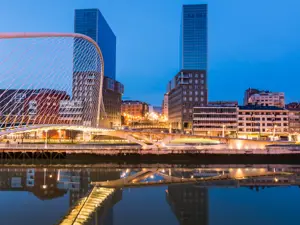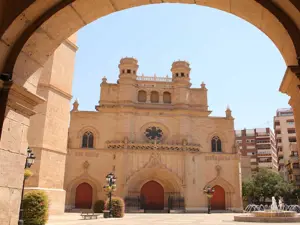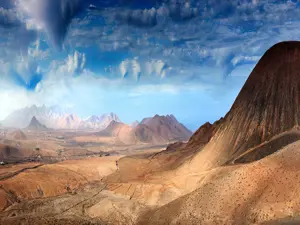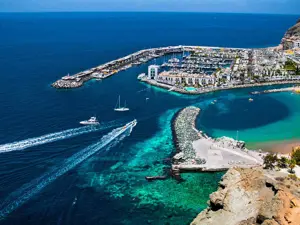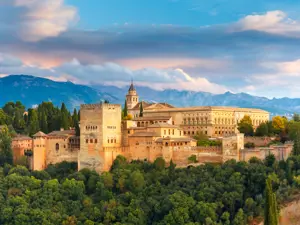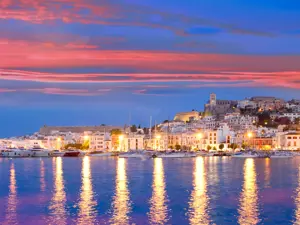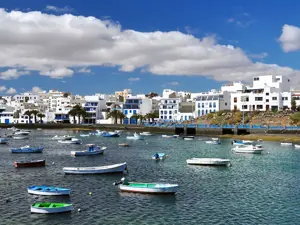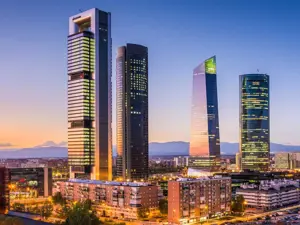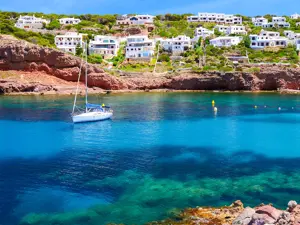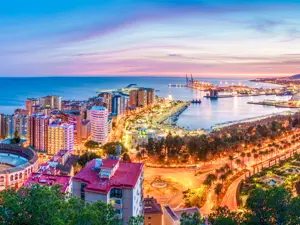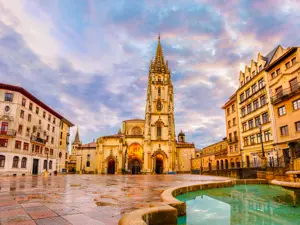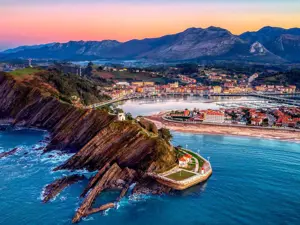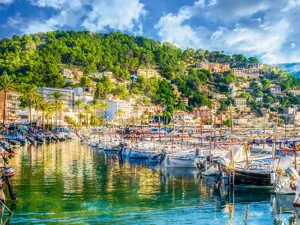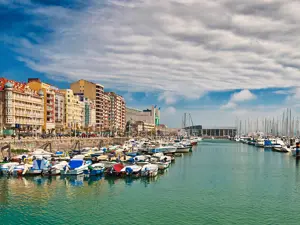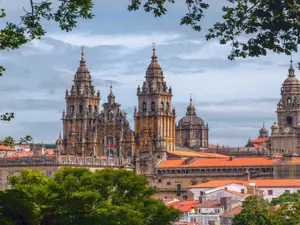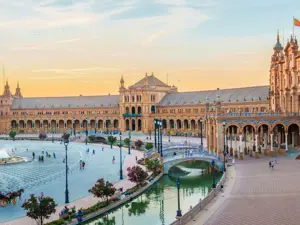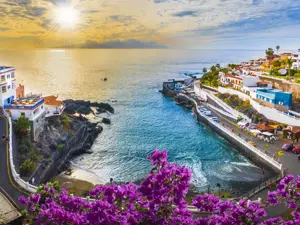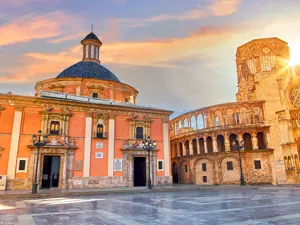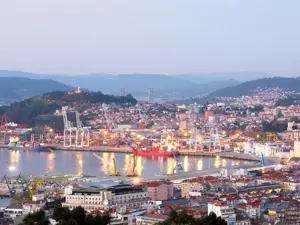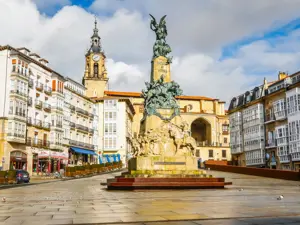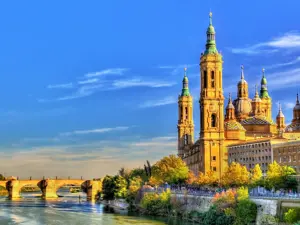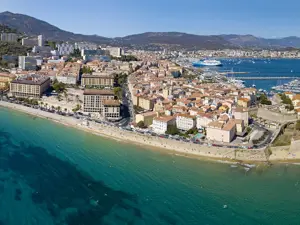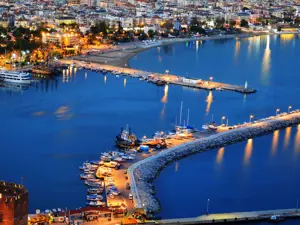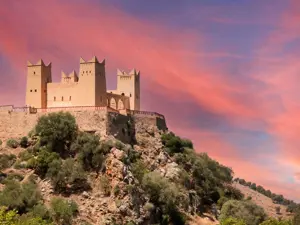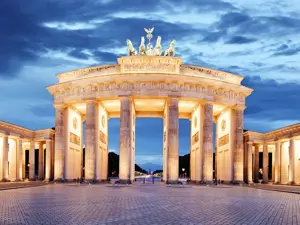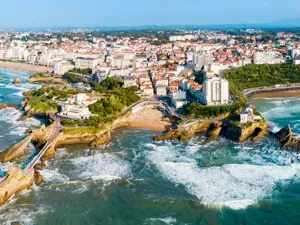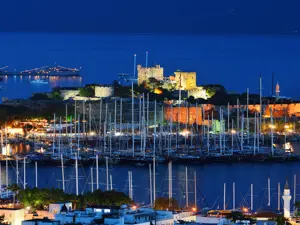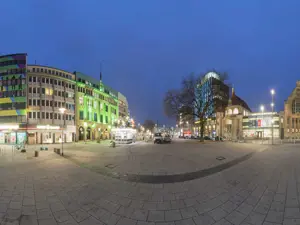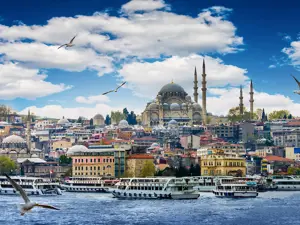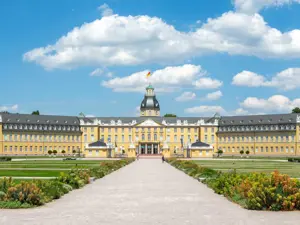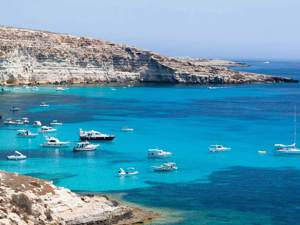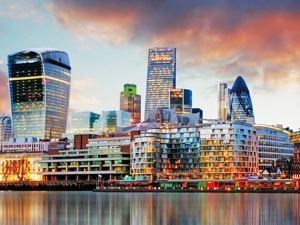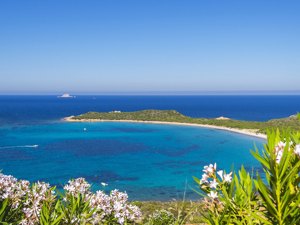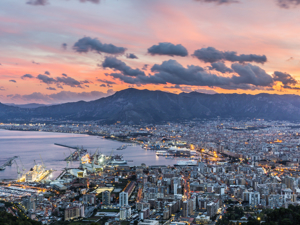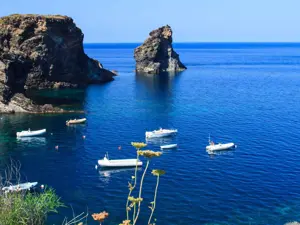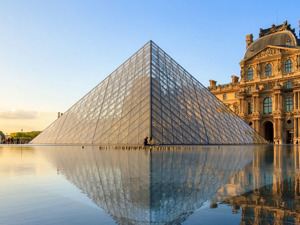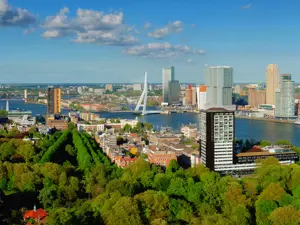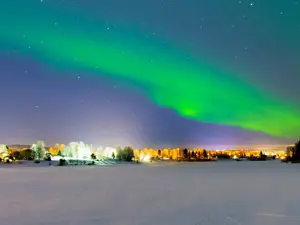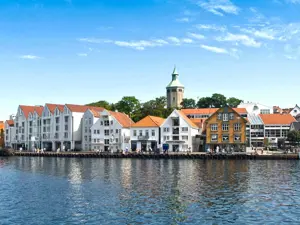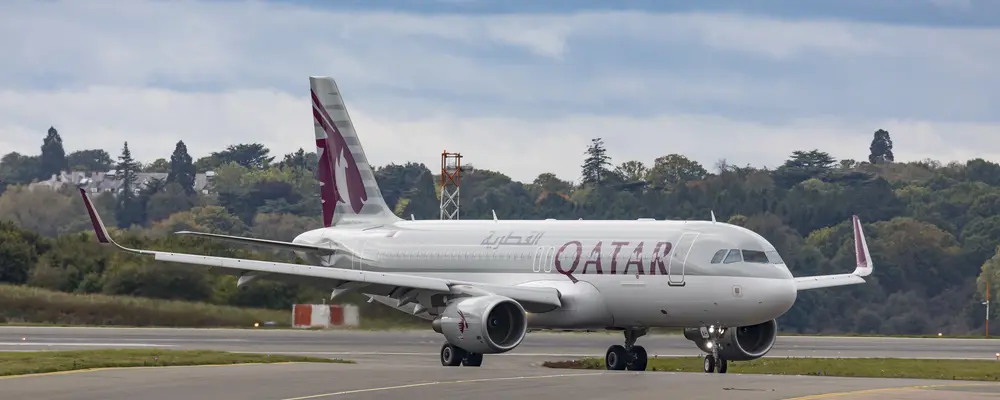Natural fjord, gateway to many civilizations
It wouldn’t be an exaggeration to say that natural harbour of Maó-Mahón, capital of the Island of Menorca, is the largest in the Mediterranean Sea, as well as one of the safest. Measuring 5 kilometres in length, the harbour has astonished mariners since ancient times and was envied by all captains, royals included, of the fleets that crossed this sea.
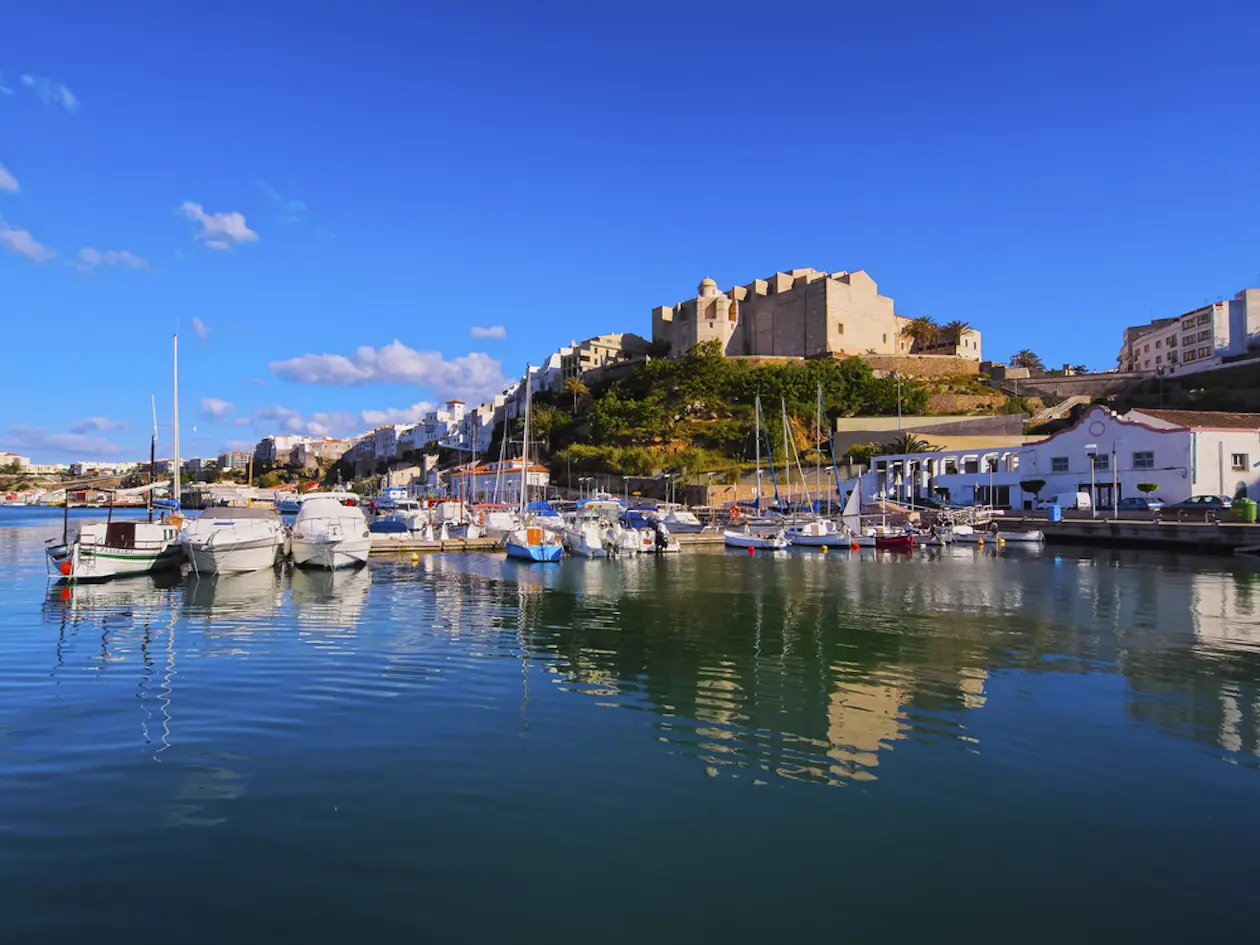
Mahon. Photo: Copyright © Sisterscom.com / Shutterstock
The city, originally known as Mahòn, takes its name from its founder, the Carthaginian general Mago, brother of the more renowned Hannibal - a story that dates back more than two millennia. But other, more ancient civilisations have inhabited the city, enriching it with various cultures.
Espana Square in Mahon
The heart of the city is the sizeable Plaza de Espana, which is home to many important monuments: the Church of Santa Maria, a gothic church and the largest on the island, which houses an historic organ that is equipped with 3006 pipes and 4 keyboards and has been used to play sacred music since the early nineteenth century; the Town Hall, in Renaissance style, which features a large clock on its beautiful facade, a gift from the island’s first British governor.
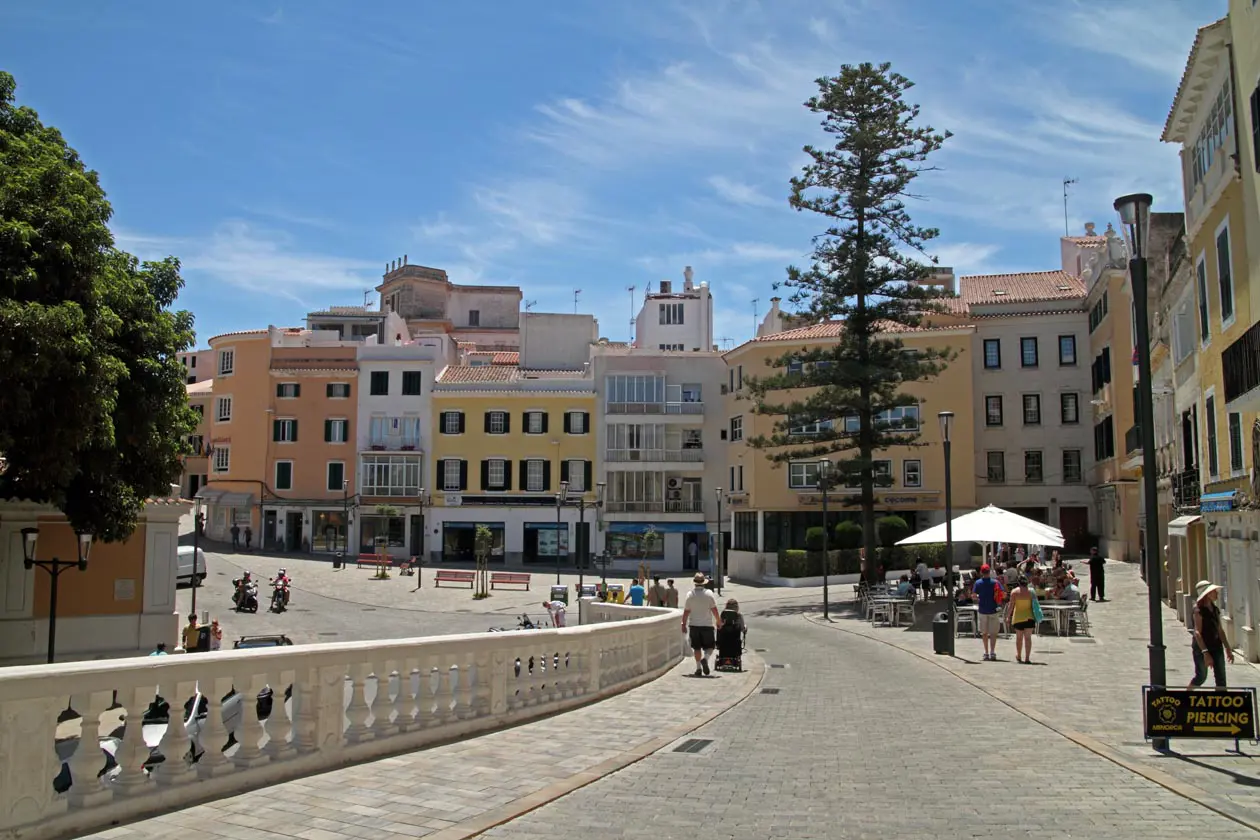
The Churches in Mahon
The Church of Carmen is one of the most important buildings in Maó-Mahón, which contains a beautiful Baroque cloister. The Church of Sant Francesc, an ancient Franciscan convent of Jesus, is nowadays home to the Museum of Menorca, which displays a comprehensive history of the customs of the local people.
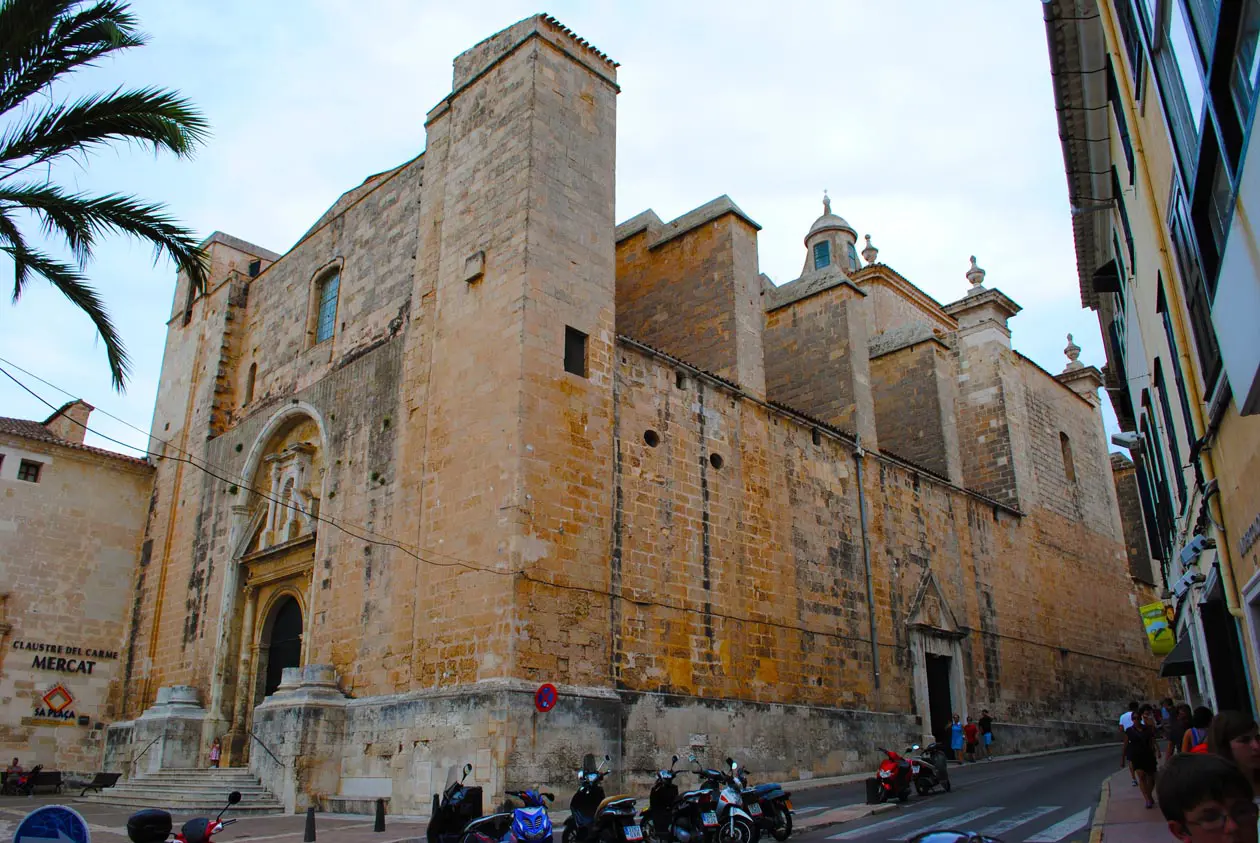
Local craft shops, bars, cafes and outdoor restaurants can be found anywhere, but are especially concentrated on the main pedestrian street, Carrer Nou, as well as the vast area of the harbour, which can be accessed from the centre via different flights of steps, even though that of Ses Voltes is highly recommended.
The Albufera des Grau Nature Park
The east coast of the island is home to the National Park of S’Albufera des Grau, a habitat for many different species of marine birds and a delight for bird lovers. More that a hundred different species of birds (hawks, herons, cormorants and ospreys to name a few), some indigenous, others emigrating from Europe to Africa, can be seen crossing this area. Thanks to these locations, and sustainable socio-economic development.
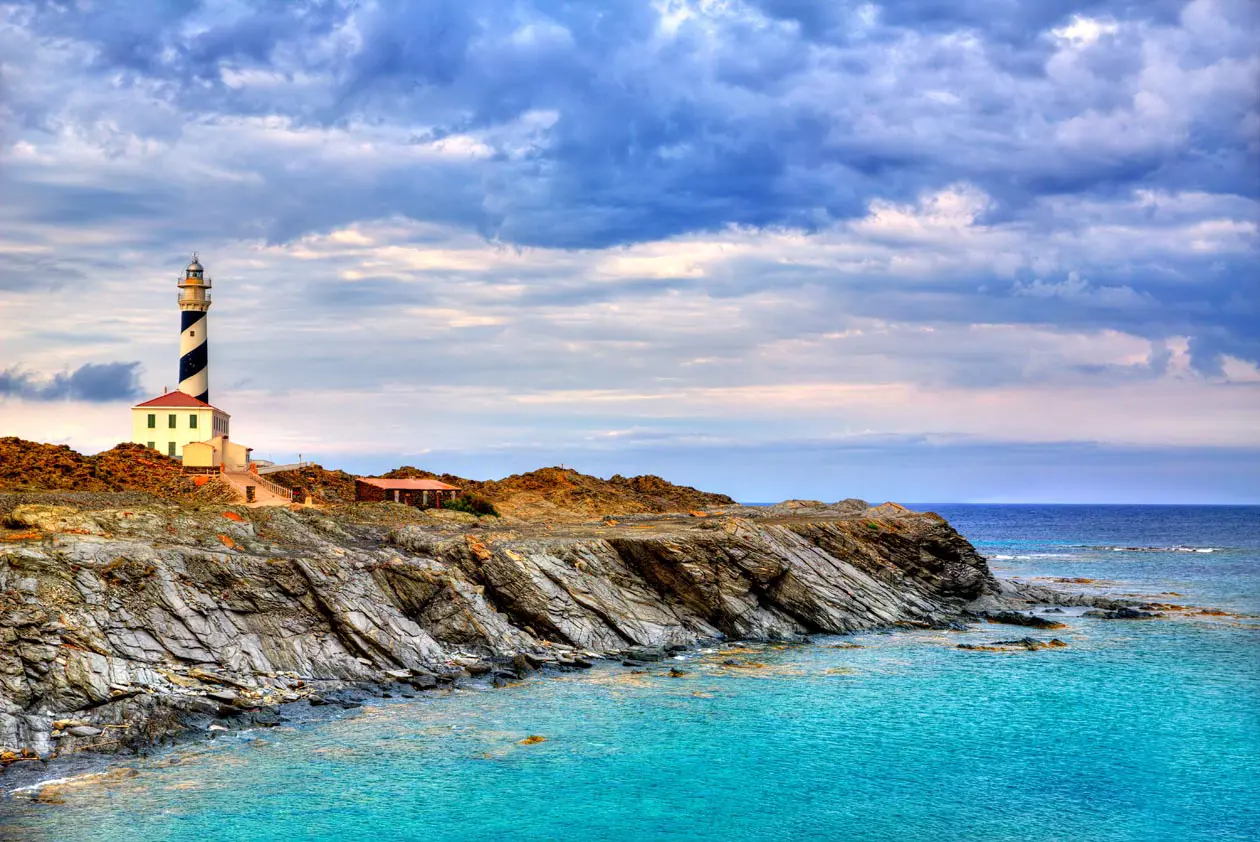
Cap de Favaritx. Photo: Copyright © Sisterscom.com / Shutterstock
Menorca earned the sought-after title of “Biosphere Reserve” in 1993. The park trail ends at Cap de Favaritx, a rocky point from which to admire the beautiful sunsets: it is said that those who find themselves at the point during a full moon will gain strength, energy and fertility. In the midst of such a variety of flora and fauna, various sports such as hiking, cycling, kayak tours, horse trails and other water sports can be enjoyed.
The beaches in Mahon
One of the inhabitants’ preferred bays is Sa Mesquida, with white sand and a bread shaped rock. The picturesque Fortaleza de la Mola is not to be missed. It was completed in 1875 under the rule of the Bourbons, and a history of battles and conquests can be traced inside.
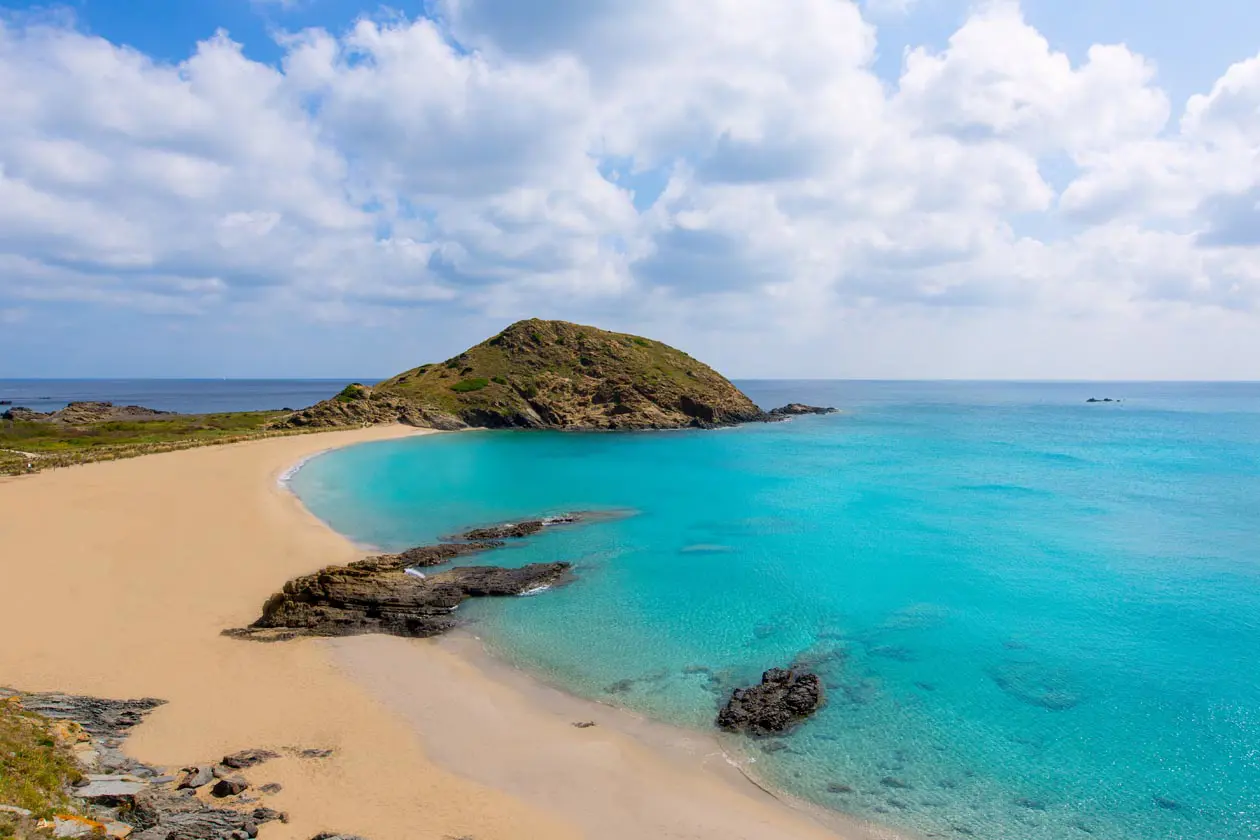
Cala de Sa Mesquida. Photo: Copyright © Sisterscom.com / Shutterstock
The archaeological sites in Mahon
In fact, in the vicinity of Maó-Mahón there are a variety of interesting archaeological sites that can be visited, like Trepucó for example, which features some of the best examples of prehistoric art on the island.
Traces of a distant past can also be found in the talayots, megalithic, tower-like monuments, and the navetas, funerary constructions that resemble overturned boats.
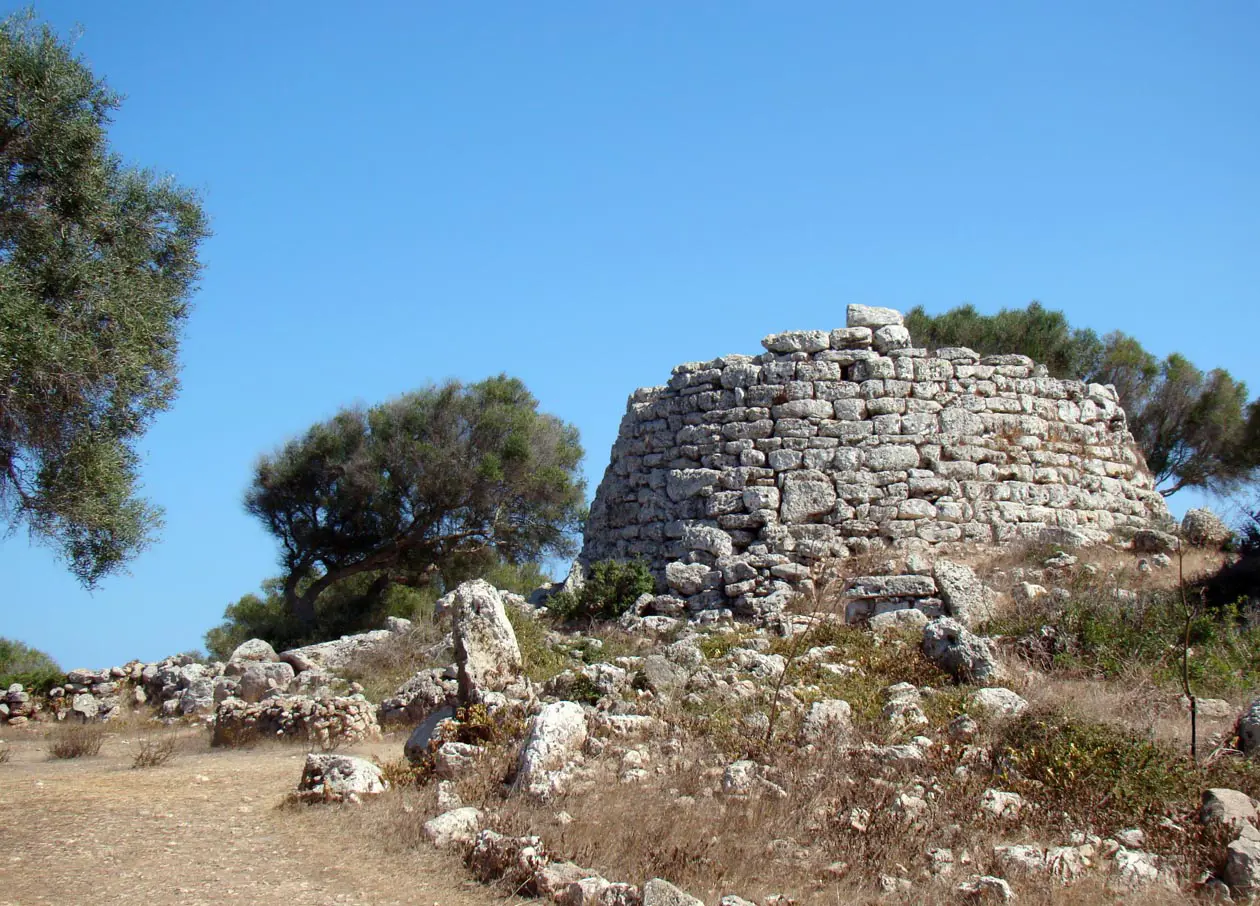
The city was later passed on from the Romans to the Arabs, who transformed it into an important trading port. Maó-Mahón reached its full glory in the eighteenth century under the rule of the British government, who promoted the city to administrative capital of the island.
The cuisine of Maò
The city’s history is evident even in the cuisine: mayonnaise, the most famous condiment, which is reinvented here with the addition of garlic, owes its name to Maó-Mahón’s founder. But the typical dishes are varied and delicious: like lobster soup, baked cuttlefish, and a special cheese with a Protected Designation of Origin from Maó-Mahón.
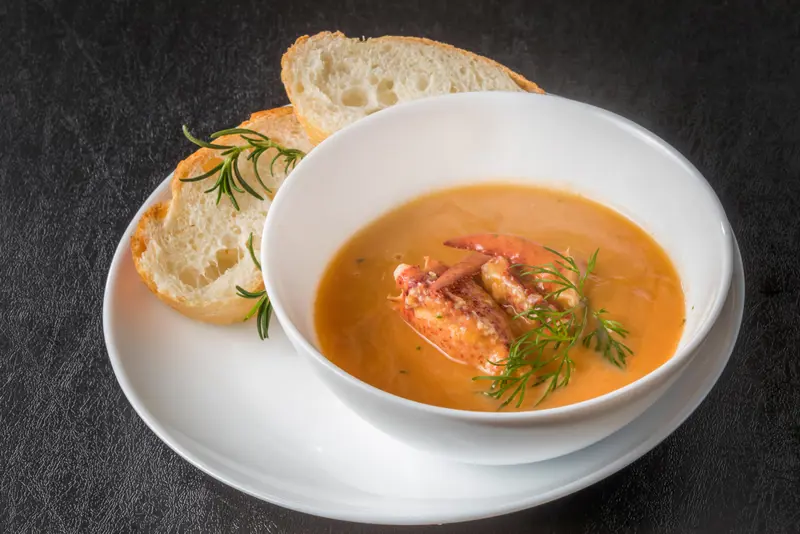
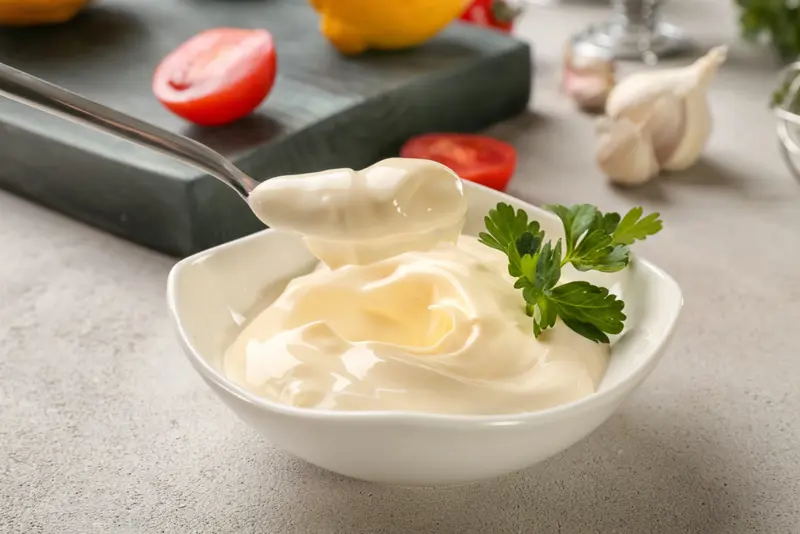
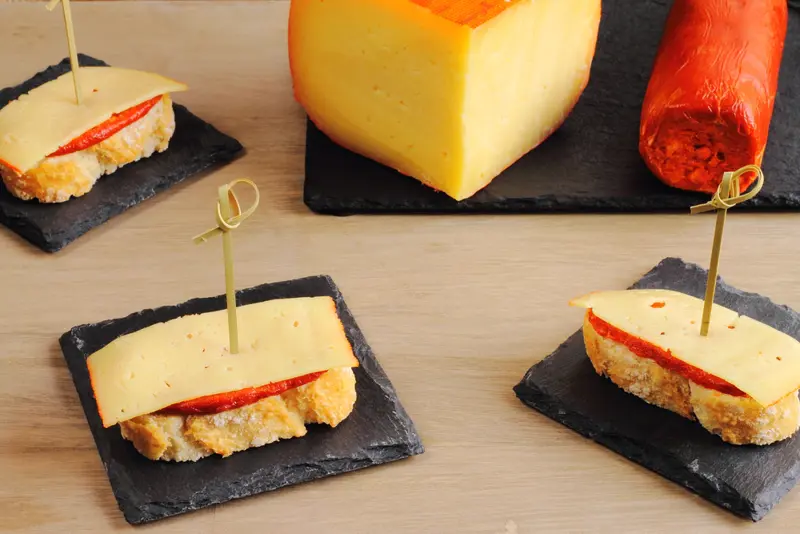
There are excellent wines, despite their production being affected by the limited cultivation of vines, due to island’s strong winds, and a taste of Malvasia at the end of a meal is a must. In the vicinity of the harbour you can visit many Mallorcan gin distilleries, which still use traditional British methods.
Text by Anna Fusai
Updated by Alisè Vitri
Tourism Board
www.menorca.es - www.spain.info
Partnership with Booking.com
Where to sleep in Minorca
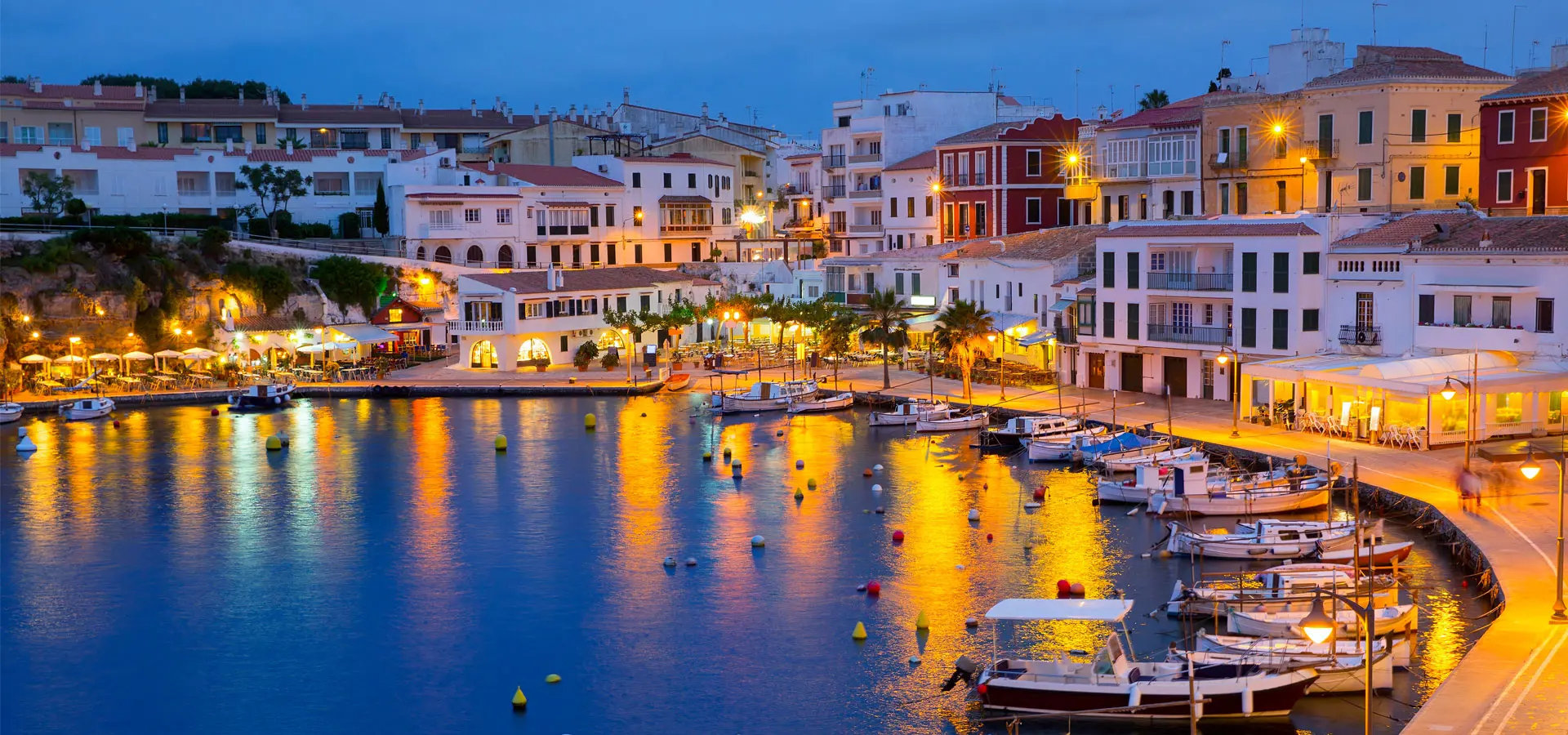
Minorca. Photo: Copyright © Sisterscom.com / Shutterstock
Menorca welcomes visitors to the city in facilities equipped with every comfort to offer a pleasant stay.
To find the ideal hotel and the best offers you can do a search by stars but also by locations or places of interest.
STARS
Hotel per stelle, suddivisi per la tipologia dei servizi offerti:
DISTRICTS
Hotel nelle località dell'isola
where to go in menorca
Monuments and Museums in Menorca
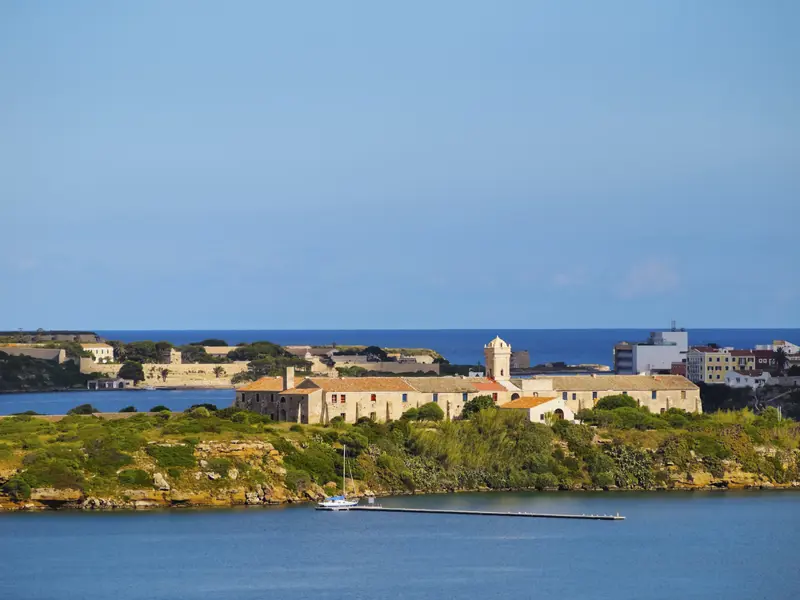
Photo: Copyright © Sisterscom.com / Shutterstock
THE KING'S ISLAND
The island (Illa del Rei), also known as The Bloody Island, is in the centre of the harbour, between Mahón and Es Castell. The island has two very interesting architectural sites: the remains of the Early Christian era basilica and the old military hospital. Built by the British, the old military hospital occupies a large part of the island and stands on its highest point. It is a U-shaped building that faces east. It was abandoned in 1964 when the new military hospital was built in the city of Mahón.
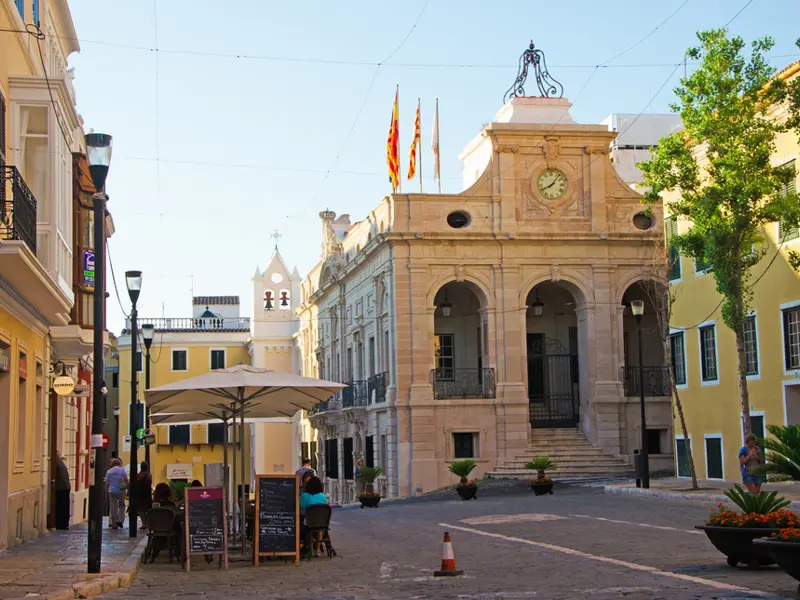
Maó’s city clock was made in London by Mr. Windonill and was acquired by order of Richard Kane in 1731. In 1788 it was placed on the front of the Town Hall building, set between columns with Ionic capitals and topped by a bell tower.
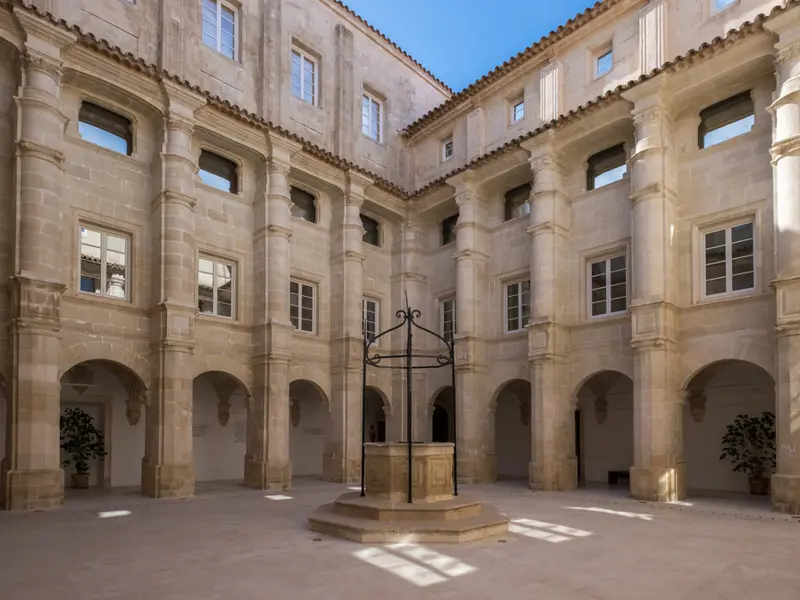
Photo: Copyright © Sisterscom.com / Shutterstock
MUSEUM OF MENORCA
The Museum of Menorca, based in the old 15th century Franciscan monastery of Jesus, describes the history of the occupation ofMenorca. The most interesting rooms are the ones on prehistory, ancient history and 18th century Menorca. There is also a room on Menorcan traditional trades and crafts plus a large collection of 18th, 19th and 20th century engravings and paintings. On the second floor, three rooms reflect the freedom of trade that flourished under British sovereignty and that brought about economic prosperity and cultural development, especially in the fields of painting and literature.
CHURCH OF CONCEPCION
The Church of la Concepción was built in 1749 by the Greek colony living in Mahón during the first British occupation. It became known in the local community as the “Greeks’ church”. The most remarkable feature of this church is its interior, unique in Menorca. The Greeks and the Jews were expelled from the island and had their assets confiscated, including the church. During years, it became a gym, theatre, garage and various other things, but was then re-opened in 1868 by the bishop Mateo Jaume as a Roman Catholic church dedicated to Concepción.
HERNANDEZ SANZ-HERNANDEZ MORA
MUSEUM COLLECTION
The Hernández Sanz - Hernández Mora Museum Collection is based on the first floor of the cloister of El Carme in Maó. Joan Hernández Mora, born in Mahón in 1902, was a Menorcan intellectual. One of his last wishes was to give Mahón City Council the private collections started by his father Francisco Hernández Sanz historian, archivist and editor of Revista de Menorca. The collections are now housed in the museum named after him.
Excursions in Menorca
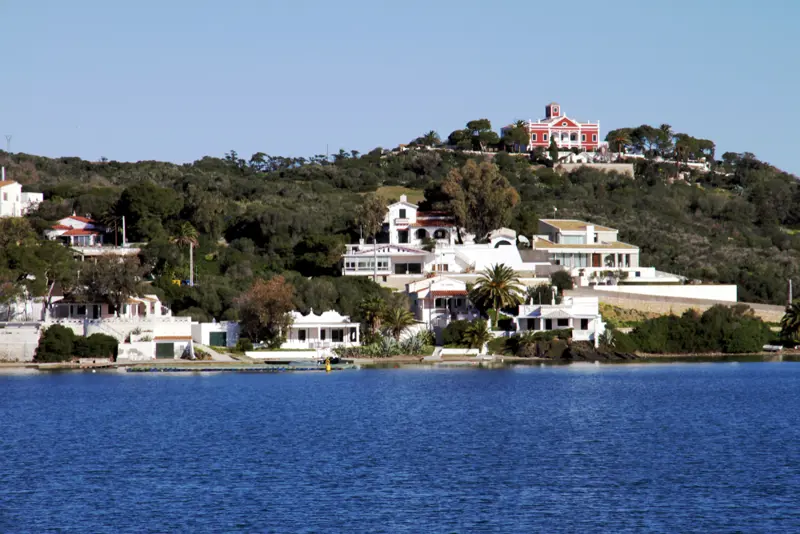
Photo: Copyright © Sisterscom.com / Shutterstock
SANT ANTONI - GOLDEN FARM
Sant Antoni is in the northern part of Mahón Harbour known as “S'Altra Banda” (the other side). Legend has it that Lord Nelson and Lady Hamilton conducted their love affair here in 1800. For this reason, the residence is also known as The Golden Farm or Nelson’s House. The classic appearance of the facade and its red walls have made the house an unmistakable architectural feature in the harbour area and it is often pointed out as an example of Menorca colonial architecture.
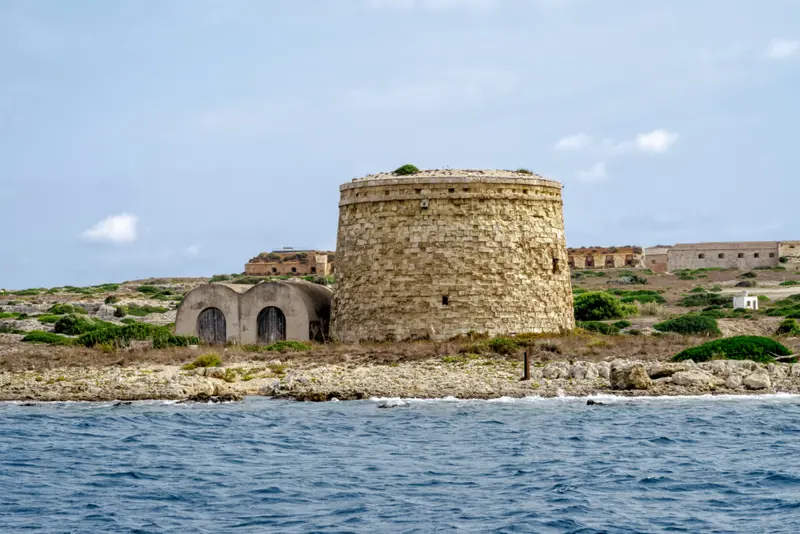
Photo: Copyright © Sisterscom.com / Shutterstock
SANT FELIP CASTLE
Sant Felip Castle stands on the southern side of the entrance to Mahón harbour and was built in the mid-16th century designed by Italian engineer Giovanni Battista Calvi. For Menorca, the castle is more than an old fortress, as it bears witness to nearly two and a half centuries of turbulent history. Remains of the castle still survive on the surface, but the most impressive sights are to be found underneath the site, where several levels of underground passageways were dug by the Spanish and British over the course of various occupations.
Partnership with GetYourGuide
Discover all Tours
Shopping
You might be interested in
Other destinations
Airports nearby Mahon



